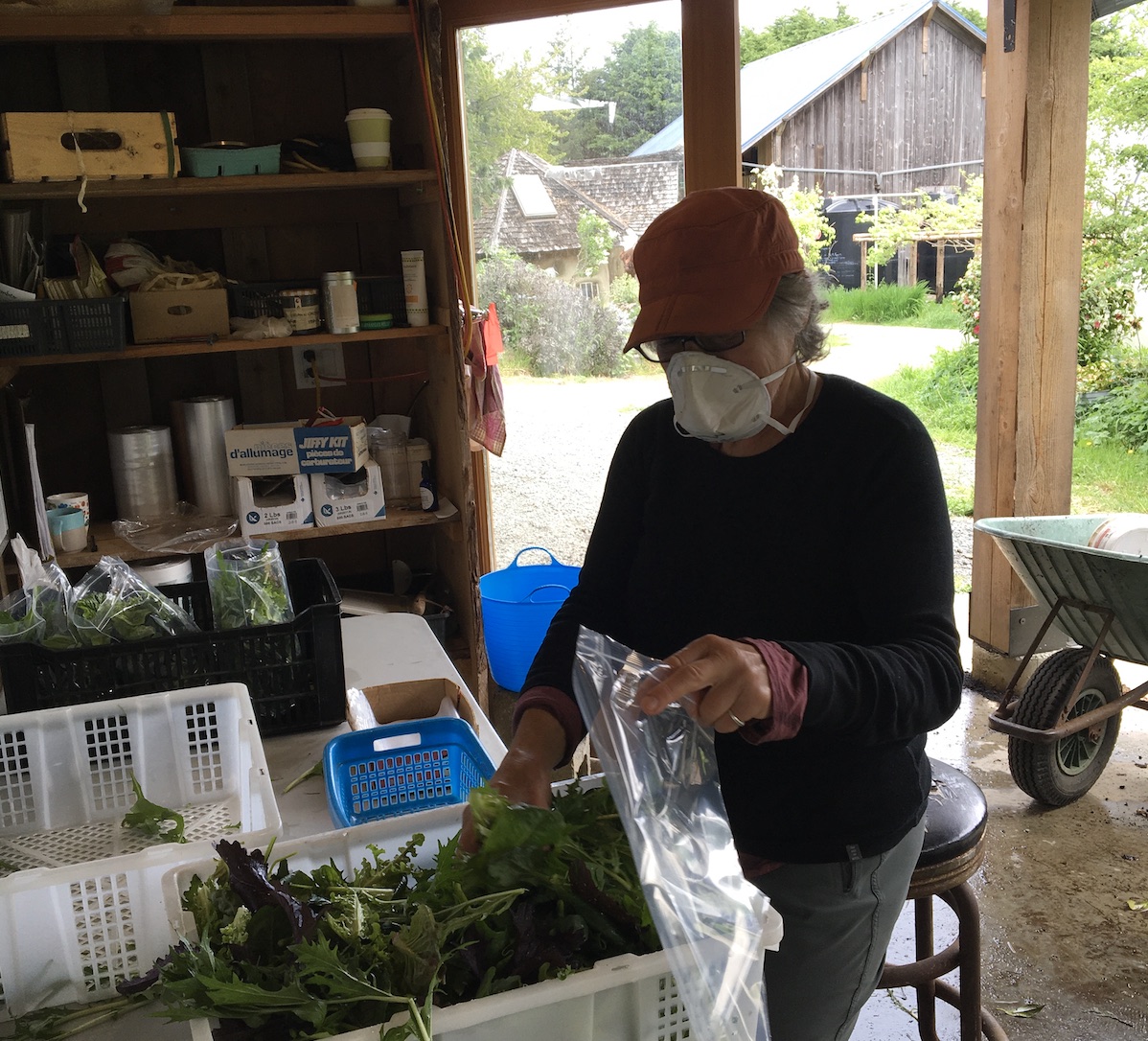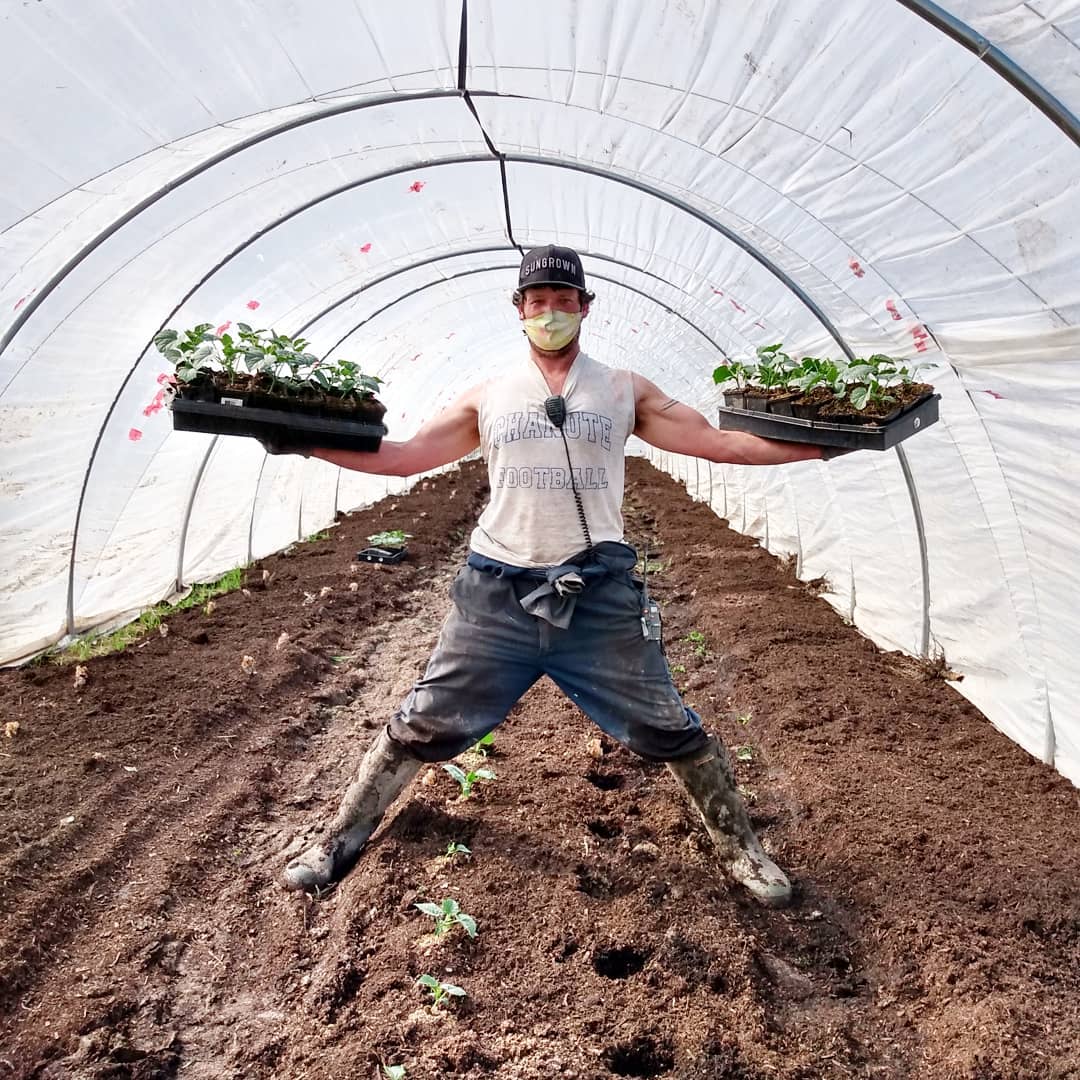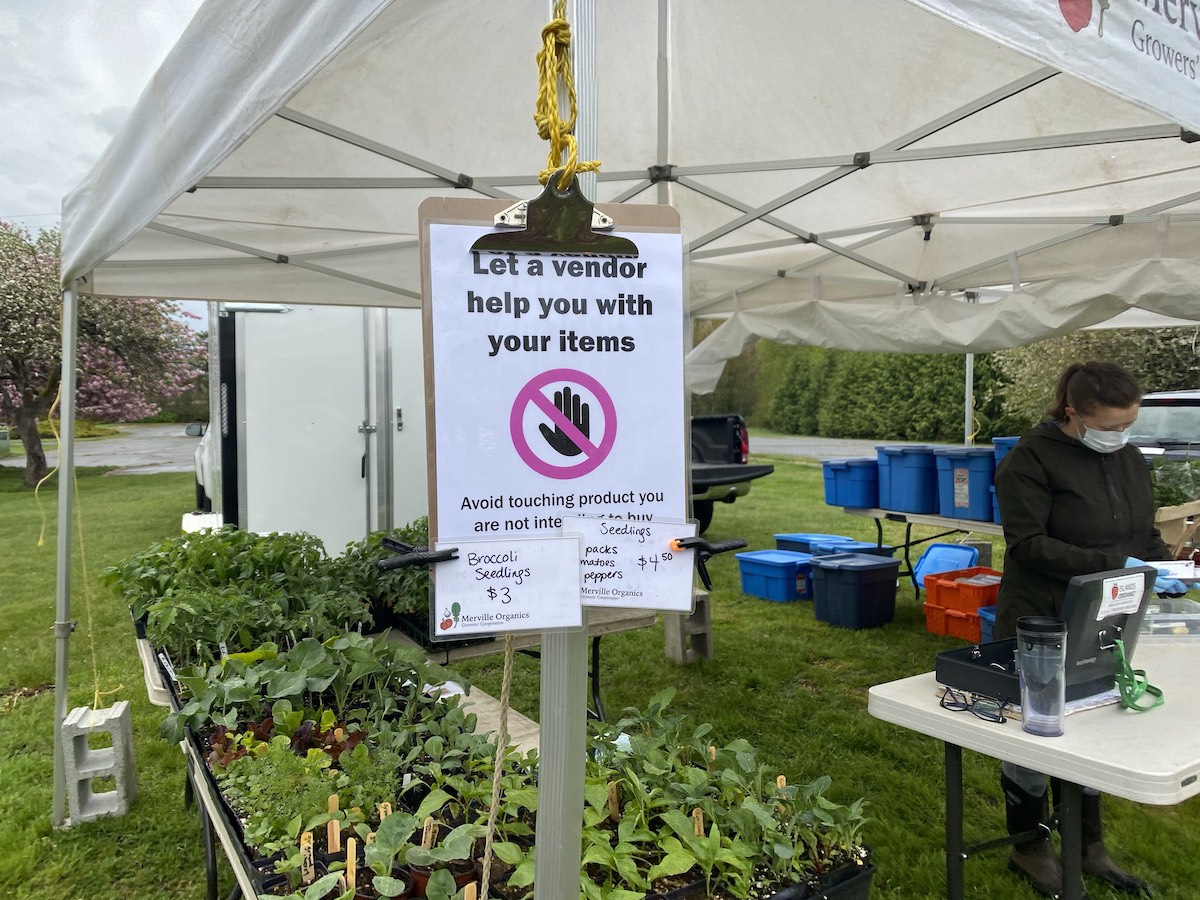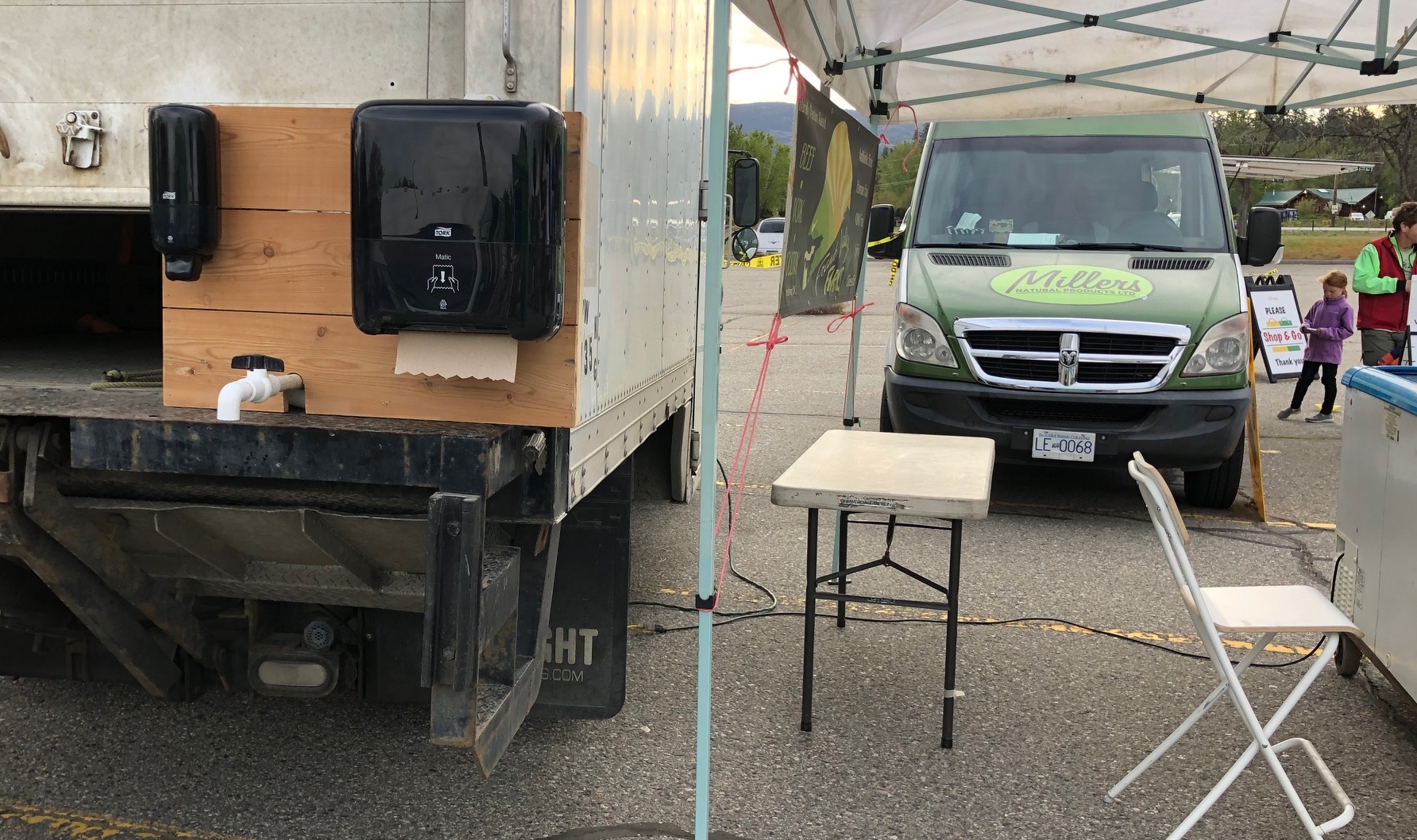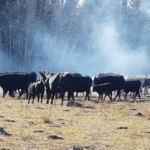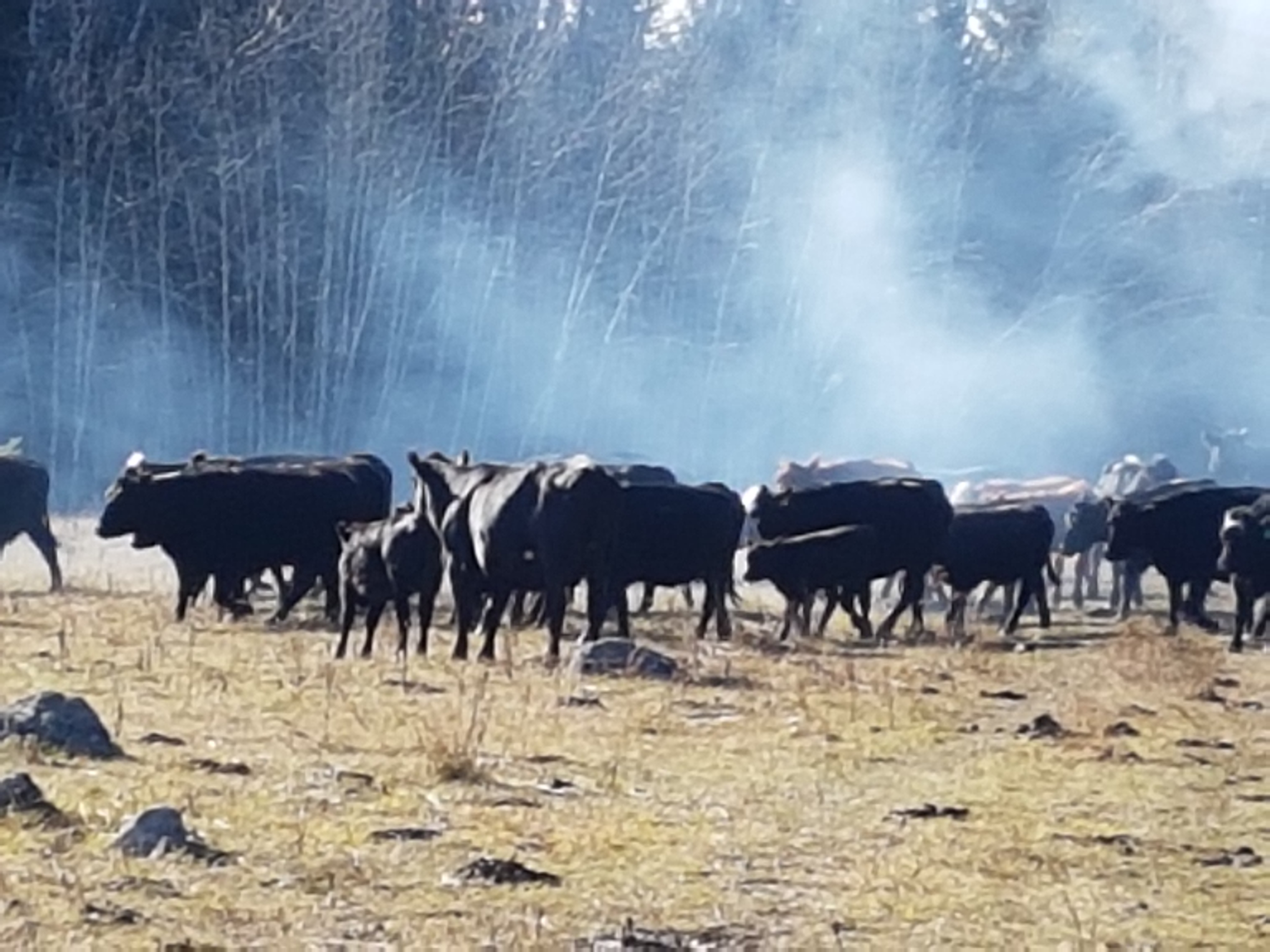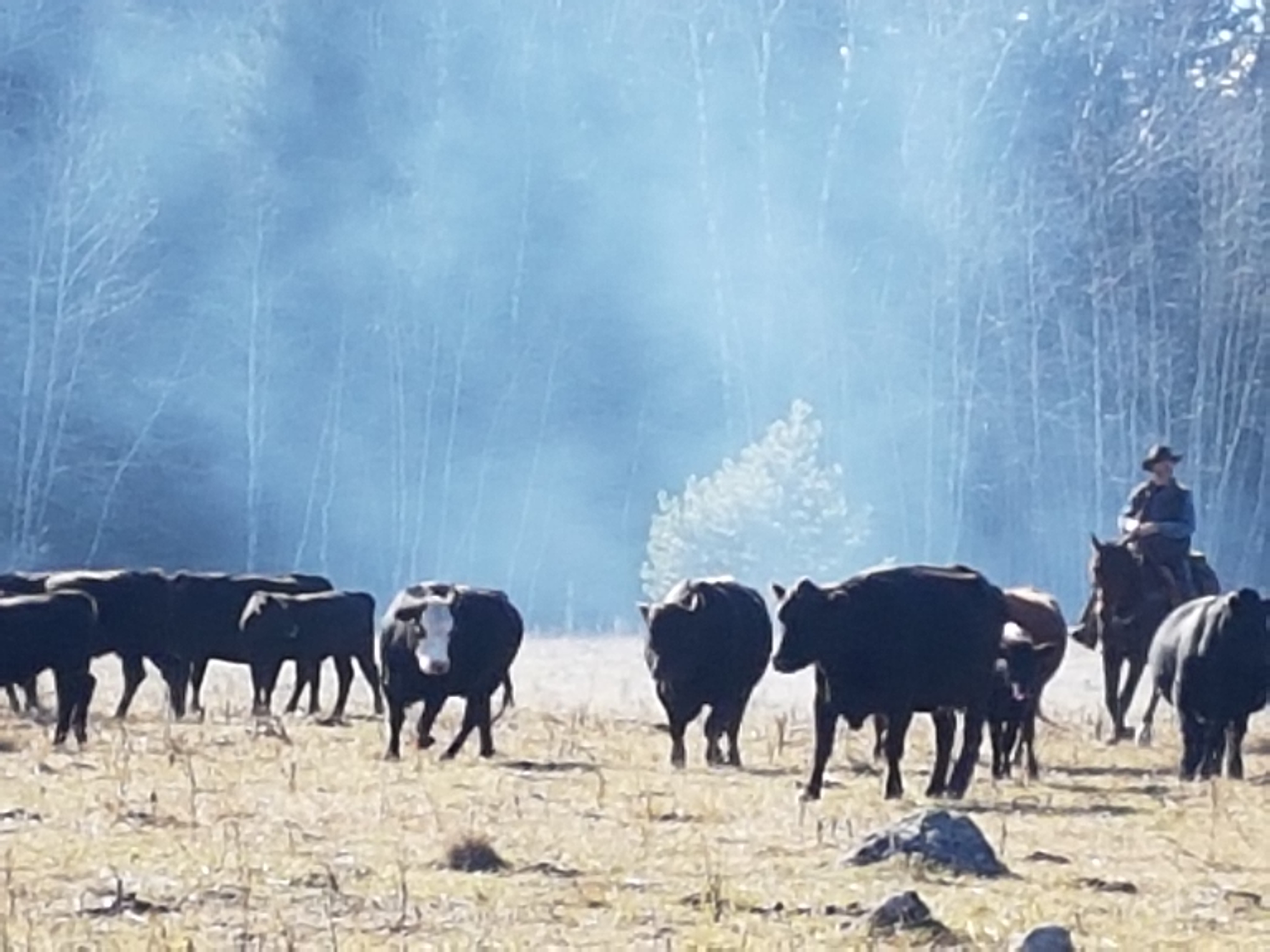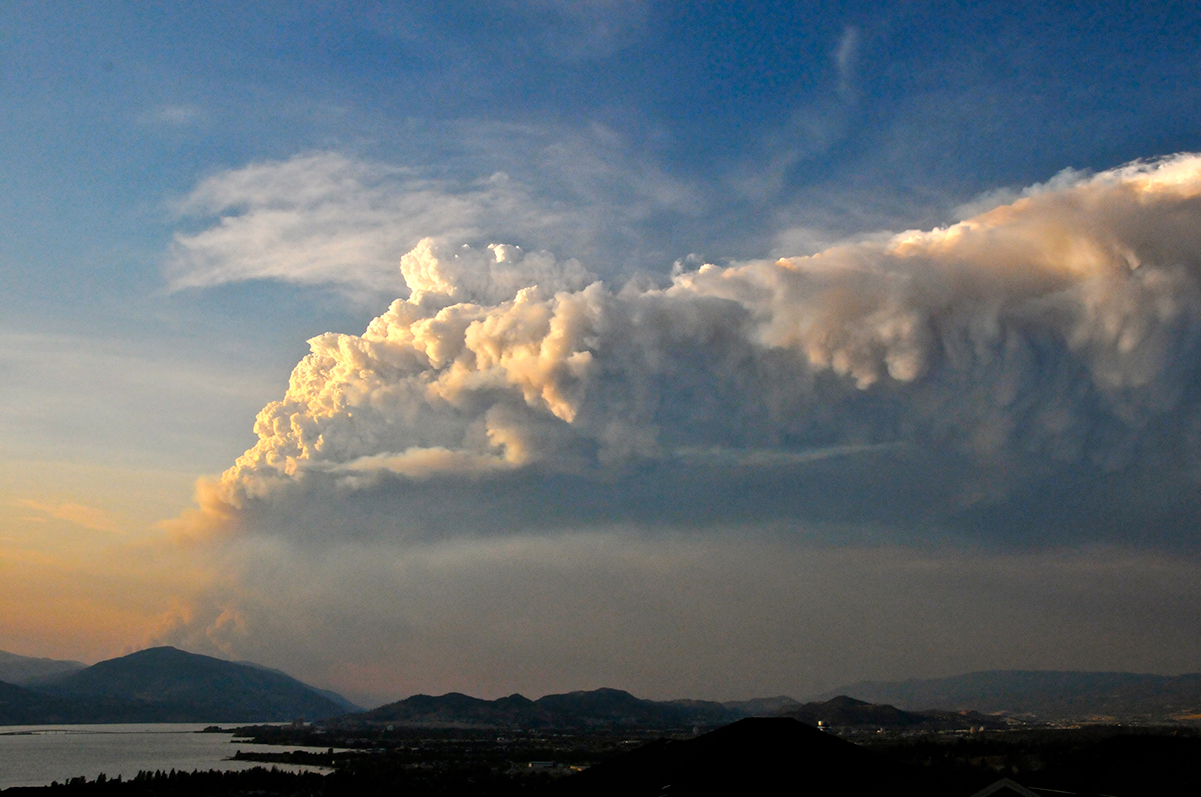COVID-19 Workplace Safety
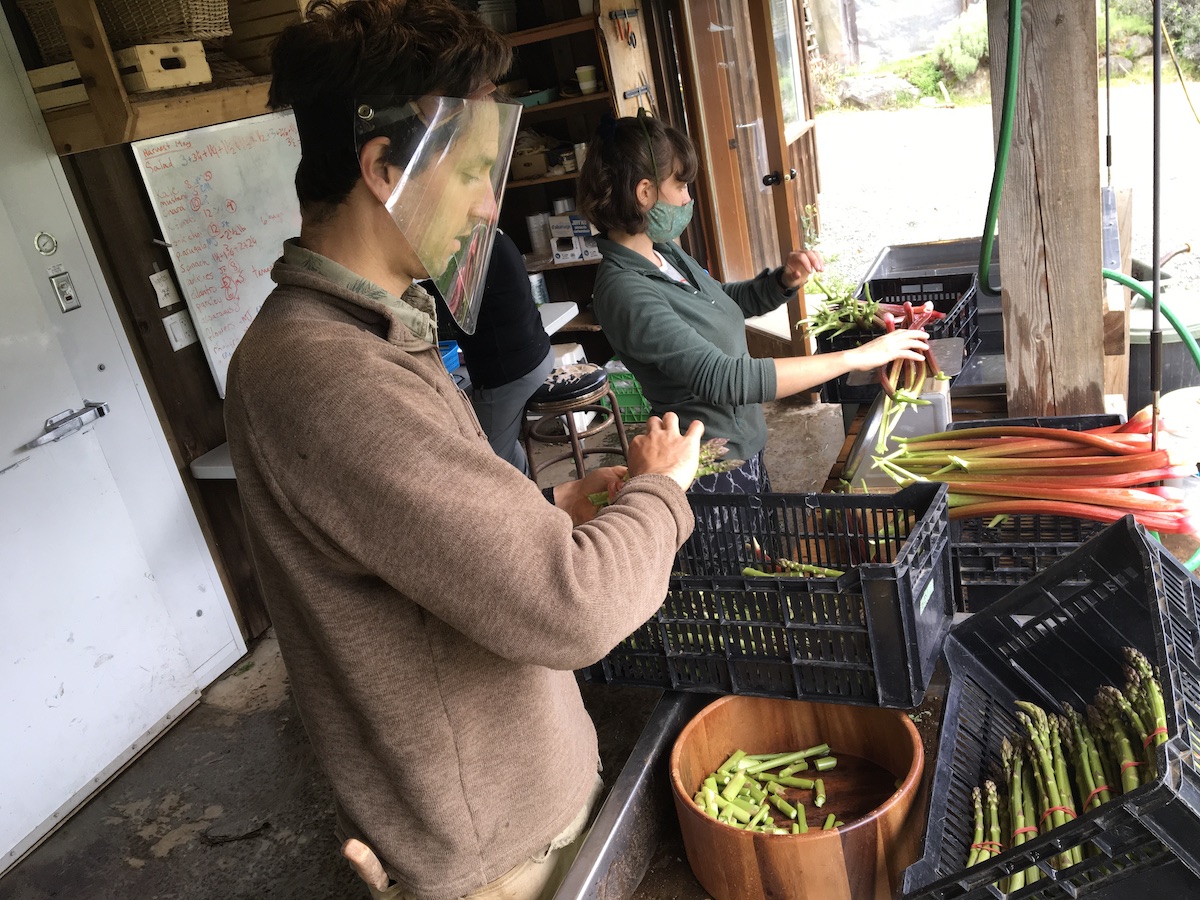
Wendy Bennett – Executive Director, AgSafe BC
It’s fair to say that there isn’t one farmer in British Columbia who has experienced anything like what we are going through right now with the COVID-19 outbreak. The invasive spread of the virus has forced most businesses to suspend or alter operations.
In BC, food and agriculture providers are designated essential services and are allowed to continue operating under strict COVID-19 related health and safety protocols.
Agricultural producers are pretty diligent about safety on their farms. They have safety policies and plans to keep their workers, families, and themselves safe. But 2020 has not been business as usual as farmers have had to adapt to the added challenge of COVID-19.
The BC Centre for Disease Control has identified important actions that we all can do to help impede the spread of COVID-19—physical distancing, thorough hand washing, and wearing a covering over the mouth and nose (e.g. non-surgical mask or shield) when physical distancing is not possible. Implementing and enforcing these practices in a workplace is not easy.
AgSafe is BC’s non-profit health and safety association for agricultural producers, and works with farmers and ranchers to help them develop and implement robust workplace health and safety systems.
In response to COVID-19, AgSafe has developed a large library of health and safety resources and materials designed specifically for the agriculture industry. The resources reflect industry requirements and range from best practices and employer protocols to checklists and signs in multiple languages.
COVID-19 Resources:
Employer Protocols & Procedures: A collection of information and document templates for on-site prevention, exposure control planning, protocols and risk assessments, safety notices, and health assessments.
Risk Assessment: WorkSafeBC expects every employer to conduct a workplace COVID-19-specific risk assessment. A Risk Assessments & Infection Prevention & Control Protocols document is available for employers to download in PDF and Word formats.
Temporary Foreign Workers: Employers can download a TFW Application Checklist and supporting documents, and many of the COVID-19 documents and signs have been translated into Spanish, French, and Punjabi to help employers communicate safety protocols and practices.
Signage: Bilingual versions of hand washing and physical distancing signs in English-Punjabi and English-Spanish can be downloaded for printing.
New Worker Orientation Video: One of AgSafe’s most popular resources, the New Worker Orientation video, has been updated and translated into Spanish. This short video can be included in new and young worker orientations. Supporting booklets and checklists can be requested from the AgSafe office as well as downloaded from the website.
Mental Health: The impact of the outbreak on the industry adds another layer of stress. Looking after our mental health is as important as looking after our physical health. Links to local, provincial, and national mental health organizations are included in the COVID-19 resources.
Certificate of Recognition: For employers working on their Certificate of Recognition safety certification or re-certification, all program related activities and audits must follow the COVID-19 safety and hygiene practices outlined by public health agencies. This is outlined in AgSafe’s COVID-19 information.
AgSafe is monitoring the situation very closely and actively working with other health and safety associations, industry, and government to keep information accurate and up-to-date.
If you are an agricultural employer in BC you can access AgSafe’s health and safety services in several ways:
- Contact your regional AgSafe Safety Consultant or Advisor:
- Call the AgSafe office at 1-877-533-1789 or email
contact@AgSafeBC.ca. - For COVID-19 resources and other industry-specific workplace health and safety information, visit
AgSafeBC.ca
Additional Resources:
BC Ministry of Agriculture
- Response to COVID-19
- Temporary Foreign Farmworkers Must Self-Isolate
- Emergency Management for Agriculture
WorkSafeBC
Government of British Columbia
Photos of BC organic farmers adapting to new workplace and consumer safety standards – thanks to everyone who shared your photos!
